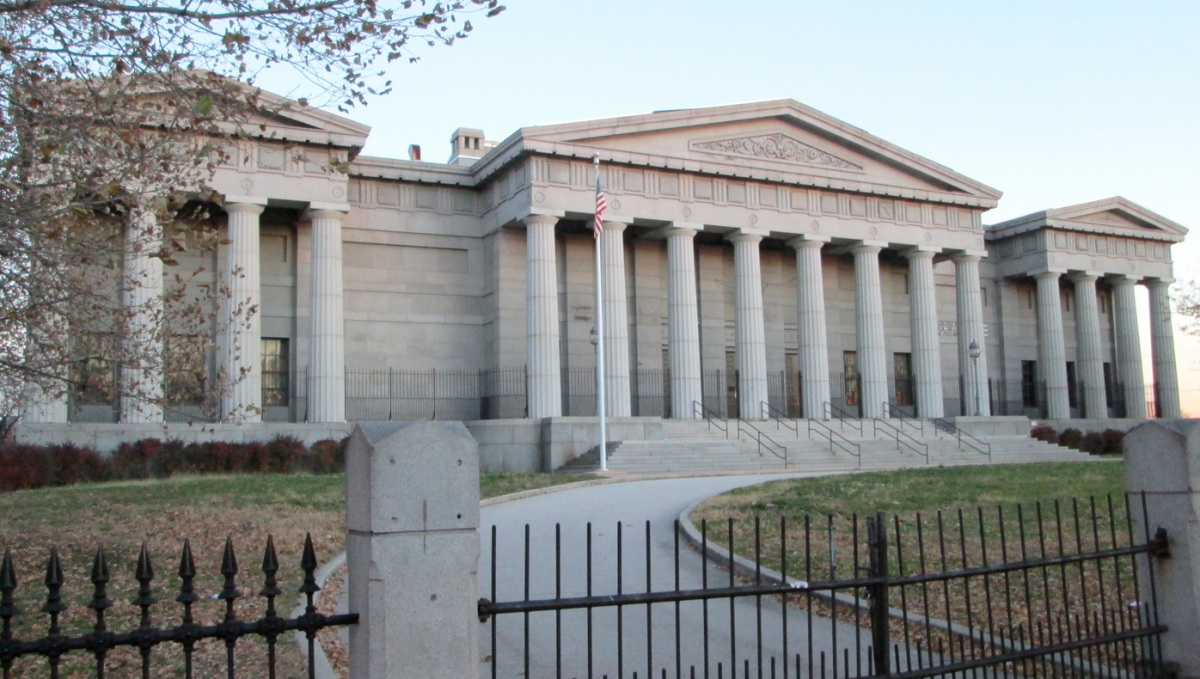In 2013, the Philadelphia High School for Creative and Performing Arts, or CAPA, did not host its annual spring musical for the first time in 17 years, due to budget cuts. The year before, the school had to fire 19 faculty members. A year later, the CAPA Foundation was set up to cope with the lack of funding from the district and the state. Today, funding the extras, like the latest technology, is still hard, even at a school focused on specialities, like CAPA.
“The goal of the foundation is to raise $500,000 in the first three years with an ultimate goal of $1 million every year after that to start to bring back what we lost over the years,” said Joanne Beaver, principal of CAPA.
“One of the biggest challenges I face is being able to sustain a high-quality program with all of the resources we are doing without so students don’t feel what we’re lacking,” said Beaver.

CAPA — the school in an iconic former library on South Broad Street that’s best known for graduating talent like Boyz II Men and The Roots — currently has 720 students and barely enough computers and printers to help with the needs of every student.
There are just 64 working laptops, all eight years old.
The laptops have been there longer than Joseph Ippolito, an English and creative writing teacher at CAPA who has maintained the technology in most of the building since 2009.
Paige Czyzewski, 22, an alumnae of CAPA, could recall only using the laptops on two occasions. As a senior at West Virginia University, she looked back on her high school experience and wished that she had used technology more in the classroom.
“The purpose of education is mastering knowledge,” said Czyzewski. “There is no way to master knowledge in this world without technology.”
The issue with having technology be available to all students in the district is fast changing expectations. The district works with more than 142,200 students and not every student has access to an up-to-date computer. Individual schools make that a priority, including some charter schools, but there’s no district-wide strategy.
“Every few years, it becomes a new cost,” said CAPA’s Ippolito. “Once you’re in, you’re in. If you going to spend $50,000 to buy a whole classroom of new computers, in about five or six years that bill is going to come up again.”
CAPA has not used tech services in its budget since 2011. This doesn’t mean that the school hasn’t spent money on technology, but money used to pay for any upgrades didn’t come from the school district. Beaver hopes that the CAPA Foundation will help fill in the gaps between the budget and what the school needs.
“Even if money were to come back to the district,” said Beaver, “this would just be above and beyond the things we could continue to do.”
This is what it’s like budgeting for IT at a Philly school these days







